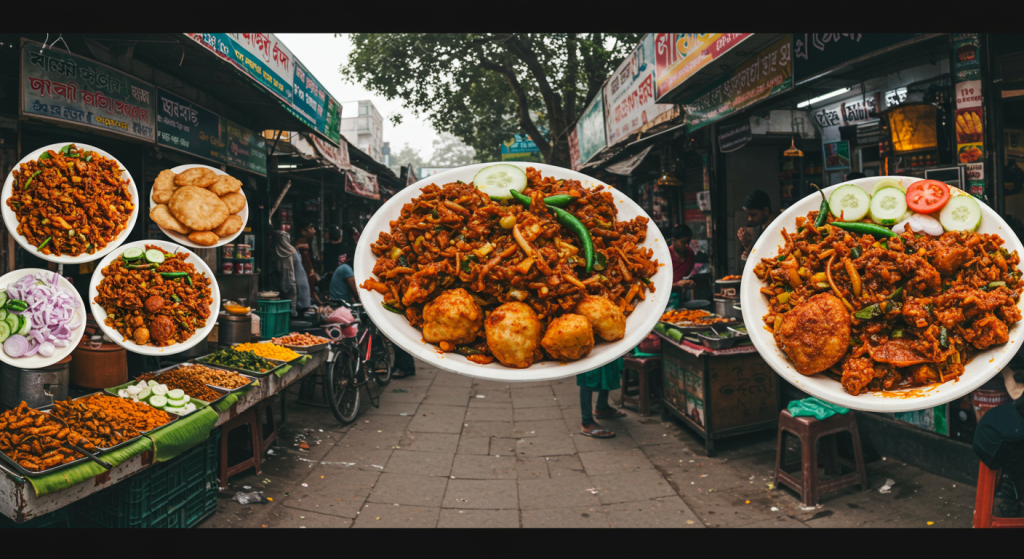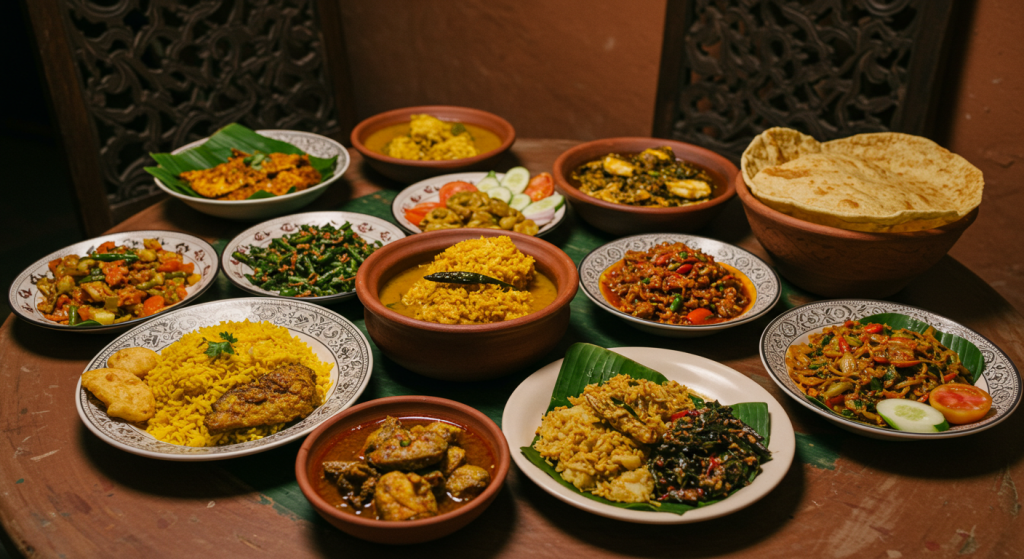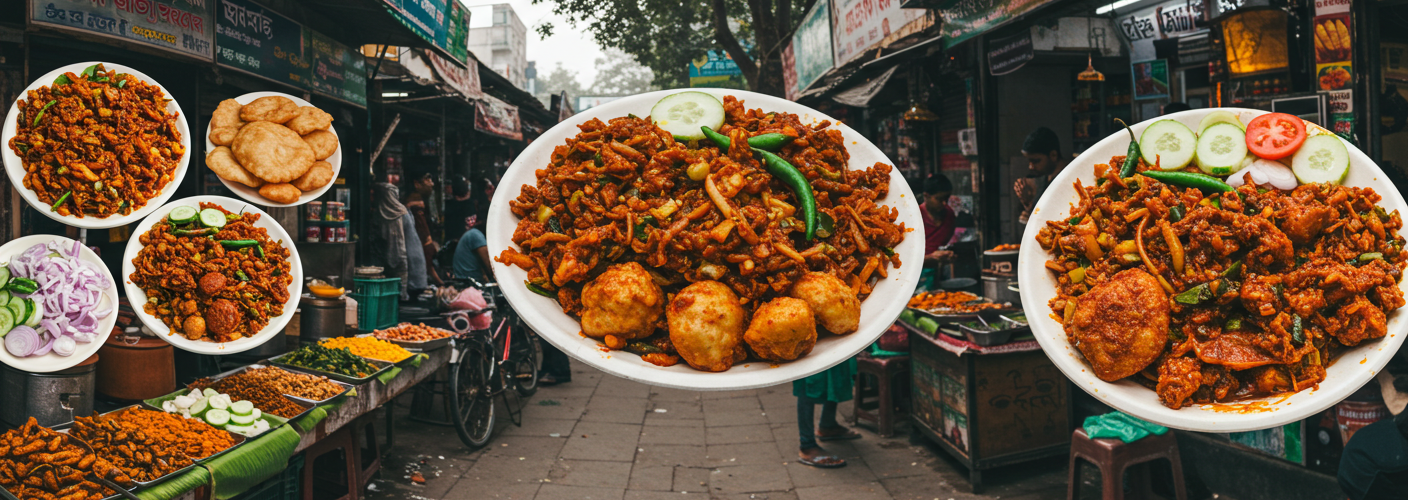

Bangladeshi cuisine is a harmonious blend of colorful flavors, rich history, and diverse cultural influences. Known for its intricate cooking techniques and vibrant ingredients, the food of Bangladesh is a reflection of its fertile landscapes and rich traditions. From everyday meals to festive feasts, the culinary offerings present a tantalizing array of dishes that resonate with the heart and soul of the nation.
At the core of Bangladeshi food is rice, which is a staple that forms the foundation of most meals. It accompanies a variety of dishes, notably lentils, or dal, which are enjoyed in everyday cooking and also lend a wholesome protein source. A typical Bangladeshi meal usually comprises steamed rice served with dal, vegetables, and a protein source such as fish or meat. Fish holds a particularly revered status in Bangladeshi cuisine, given the country’s extensive river systems and access to freshwater fish. Hilsa, or Ilish, a type of herring, stands as the national fish, celebrated for its delicate flavor and buttery texture. Hilsa is often cooked in mustard oil with green chilies, a combination that highlights the local palate.
Vegetables in Bangladesh are not just side dishes; they often take center stage. The country boasts an incredible variety of vegetables that are locally sourced, and seasonal produce is embraced wholeheartedly. Dishes like bhorta—smash-cooked vegetables with mustard oil and spices—add a depth of flavor that is quintessentially Bengali. Popular vegetables used in daily cooking include eggplants, potatoes, and green leafy varieties, all prepared with a subtle balance of spices that highlight their natural flavors.
Spices define Bangladeshi cooking, bringing warmth and aromatic depth to dishes. Commonly used spices include turmeric, cumin, coriander, and garam masala. The art of balancing these spices distinguishes regional cuisines within the country. For instance, Dhaka’s dishes may be bolder with the use of chilies, while the coastal areas might favor the subtlety of coastal herbs and spices.
When it comes to meat, chicken and mutton are widely enjoyed across the country. One of the regal dishes is the Bhuna Khichuri, a comforting mix of rice and lentils cooked with spices and sometimes meat, especially during the monsoon season. It’s a dish that carries nostalgia, often tied to rainy days and family gatherings. In addition, dishes like Kacchi Biryani, a fragrant rice dish layered with marinated meat, are reserved for special occasions and celebrations, highlighting the rich culinary heritage.
No exploration of Bangladeshi cuisine is complete without mentioning the sweets. Sweets such as roshogolla, made from chhena (fresh cheese), and sandesh highlight the country’s affinity for desserts. These delicacies not only satisfy the sweet tooth but also encapsulate the warmth and hospitality inherent in Bangladeshi culture.
Street food is another compelling aspect of Bangladeshi cuisine, with vendors serving everything from spicy fuchka (pani puri) to jhalmuri (spicy puffed rice) that attract food lovers with their flavors and textures. Each bite offers an experience that reflects the vibrant street life and communal spirit of Bangladesh.
In summary, Bangladeshi cuisine is a treasure trove waiting to be explored. It’s a celebration of flavors, traditions, and ingredients that tell the story of a nation deeply connected to its land and culture. For food enthusiasts and those curious about new culinary experiences, delving into Bangladeshi food is sure to be a rewarding journey.




Add comment